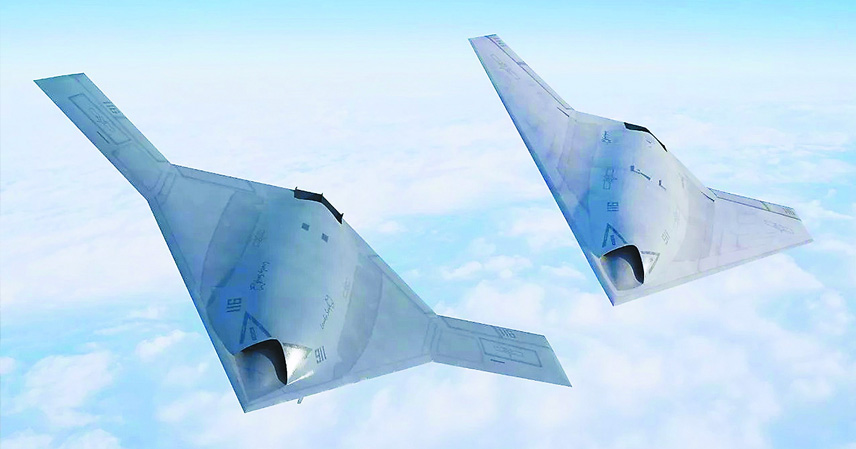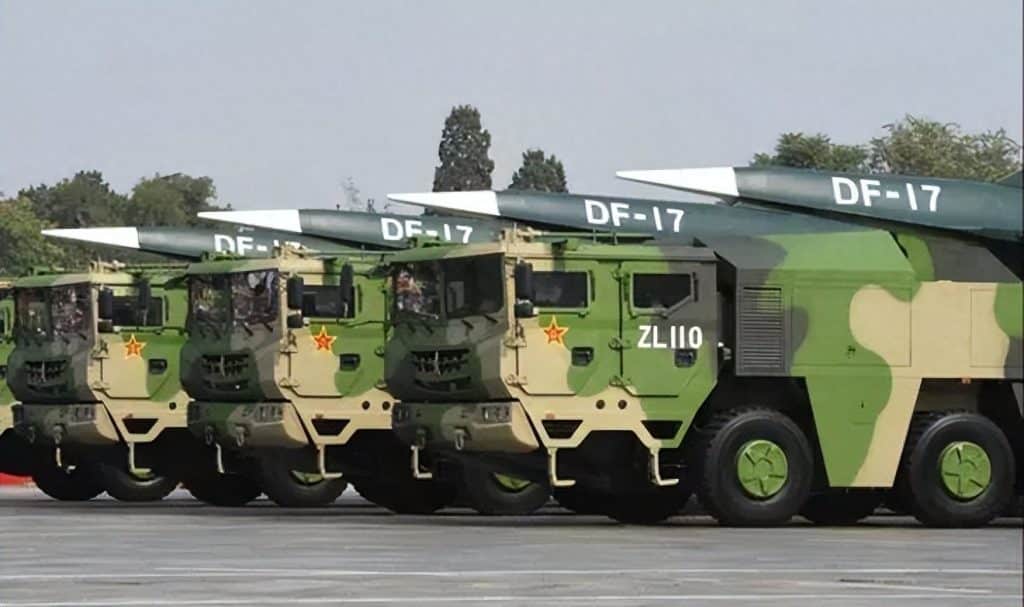The development the U.S. military feared most has arrived—China’s indigenous carrier-based stealth unmanned combat aerial vehicle (UCAV), the GJ-21, is set to be deployed aboard the Fujian aircraft carrier.
Derived from the earlier GJ-11 flying-wing stealth UCAV, the GJ-21 represents a major leap in speed, all-aspect stealth, and naval adaptability. Unmanned combat aerial vehicles (UCAVs) are drones specifically designed as combat platforms, capable of carrying lethal or non-lethal weapons, conducting intelligence, surveillance, reconnaissance (ISR), and electronic warfare, and autonomously striking targets.
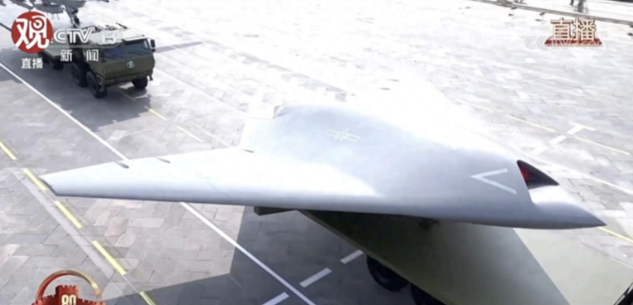
The Rise of Stealth UCAVs
The concept of UCAVs has been evolving since the late 1990s, when the U.S. began experimenting with the X-45 and X-47 for SEAD (Suppression of Enemy Air Defenses) missions. Today’s UCAVs can perform air superiority, close air support, and deep interdiction roles. Their advantages—low cost, stealth design, no pilot risk, and simplified production—make them powerful assets. Stealth UCAVs go further by offering penetration strike capability, a key factor in modern warfare.
While the U.S. once envisioned this capability in presentations and prototypes, China is the only nation to mass-produce stealth UCAVs, beginning with the GJ-11.
From GJ-11 to GJ-21: A Naval Evolution
The GJ-11 features a 10-meter length, 14-meter wingspan, and flying-wing stealth configuration, combining aerodynamic efficiency with radar invisibility. Its smooth wing-body blending reduces drag, improves lift, and maximizes payload capacity.
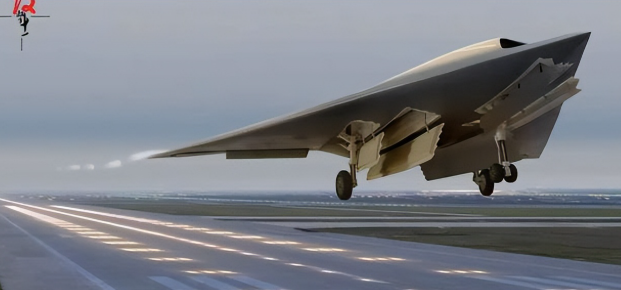
Building on this, the GJ-21 introduces foldable wings, dual sawtooth exhaust nozzles, and flexible skin materials to achieve superior all-aspect stealth. Its S-shaped intake ducts and extended tail boom mask heat signatures, while hinged folding wings with ultra-tight seams allow dense carrier-deck deployment—a critical feature for naval operations.
Beyond Loyal Wingmen
Unlike so-called “loyal wingman” drones, which remain tethered to a manned fighter, the GJ-21 can operate independently. It is capable of autonomous target recognition, threat prioritization, weapon selection, and strike execution, while also coordinating with aircraft such as the J-35 and J-15T in carrier air wings.
This dual capability—independent operations and manned-unmanned teaming—positions the GJ-21 as a core asset in future sea battles, with missions spanning air defense suppression, deep strikes, and airspace domination.
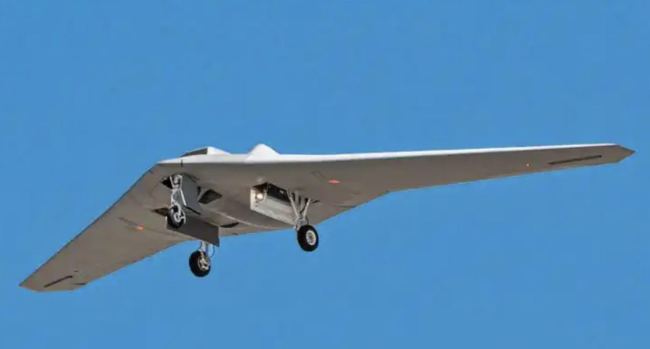
Penetrating U.S. Carrier Groups
The GJ-21’s stealth and unmanned nature allow it to bypass Aegis defenses and strike U.S. carrier groups directly. Instead of relying on expensive stand-off weapons like cruise missiles, the GJ-21 can stealthily approach targets and deploy precision-guided bombs against air bases, power plants, command centers, and missile defenses.
With the GJ-11’s combat radius already exceeding 1,500 km, the GJ-21’s range is expected to be even greater, enabling deep penetration strikes without carriers approaching hostile coastlines. This embodies the concept of penetration air dominance, but with unmanned platforms taking the lead.
Once enemy air defenses are neutralized, the resulting “electromagnetic vacuum” provides Chinese carrier air wings with uncontested airspace. From there, J-35s, J-15Ts, and escorting destroyers like the Type 055 and Type 052D can unleash hypersonic missile barrages to cripple enemy warfighting capability.
Persistent Patrol and Continuous Strike
Another breakthrough lies in the GJ-21’s ability to patrol contested airspace for extended durations. It can execute battle damage assessments, re-engage targets if necessary, and employ a wide arsenal of precision-guided munitions. This enables a new operational concept of “air occupation”—continuous aerial control over combat zones through unmanned persistence.
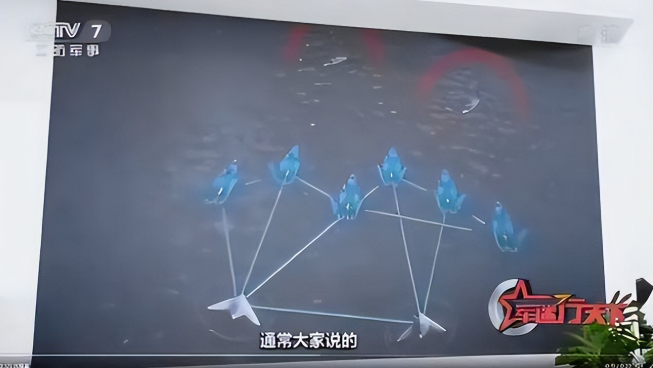
A Strategic Shift in Naval Warfare
The deployment of the GJ-21 on China’s carriers marks a turning point in modern naval warfare. For decades, the U.S. sought to pioneer stealth UCAV dominance. Yet today, the reality of mass-produced, carrier-capable stealth UCAVs belongs to China.
The GJ-21 does not merely extend strike range—it redefines carrier strike group operations, promising cost-effective penetration capability, reduced pilot risk, and overwhelming strike potential. For the U.S. Navy, this development represents not just a challenge, but a strategic disruption.
References
- Open-source defense analysis on UCAV development
- Chinese military technology reports (publicly available sources)

